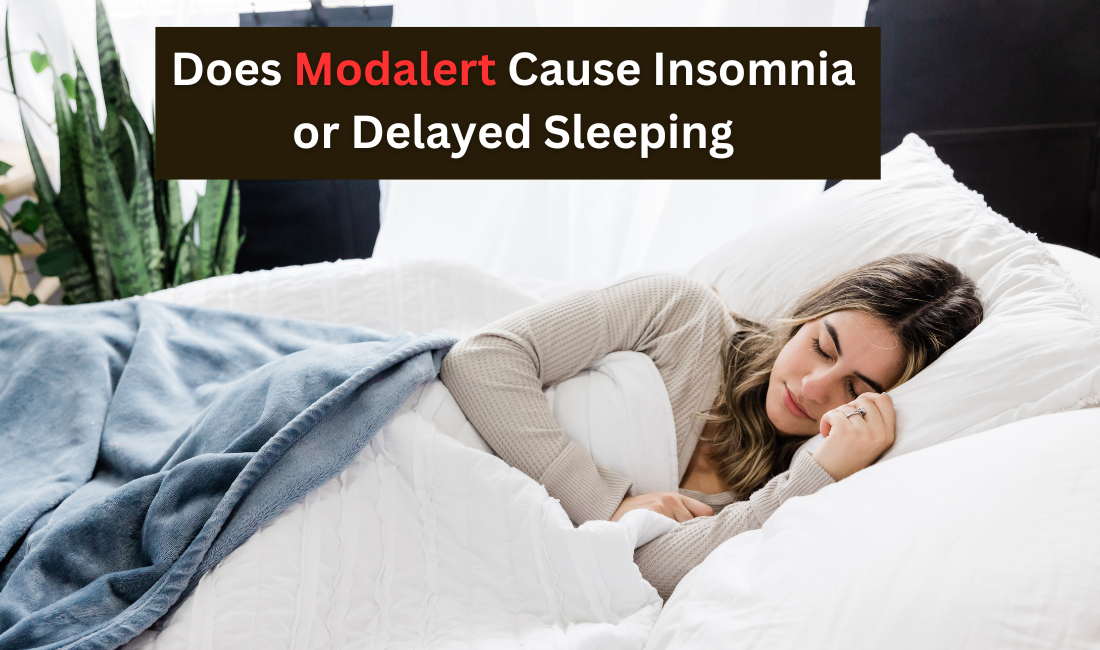Chronic anxiety extends far beyond the realm of mental discomfort, manifesting in a wide array of physical symptoms that can significantly impact overall health. While the psychological aspects of anxiety are well-documented, including persistent worry, fear, and tension, the physical manifestations can be just as debilitating, often complicating diagnosis and treatment.
Understanding Chronic Anxiety
Chronic anxiety is characterized by a prolonged and pervasive sense of apprehension and unease, which persists even in the absence of an immediate threat. This condition can arise from various sources, including genetic predisposition, traumatic experiences, or long-term stress. The constant state of alertness associated with anxiety triggers a series of physiological responses designed to prepare the body for a perceived threat, known as the “fight or flight” response.
Cardiovascular Issues
One of the most common physical symptoms of chronic anxiety is its impact on the cardiovascular system. Individuals may experience palpitations, rapid heartbeat (tachycardia), or a feeling of an irregular heartbeat (arrhythmia). Persistent anxiety can lead to increased blood pressure, which, if unmanaged, may elevate the risk of developing hypertension and cardiovascular disease. The constant stress on the heart can also contribute to conditions such as angina or heart attacks in severe cases.
Respiratory Problems
Anxiety often causes changes in breathing patterns. Individuals may breathe more rapidly and shallowly, a condition known as hyperventilation. This can lead to feelings of breathlessness or dizziness, which can exacerbate anxiety impacting your physical health symptoms in a vicious cycle. Hyperventilation can also result in a decrease in carbon dioxide levels in the blood, leading to further physiological disturbances and sensations of lightheadedness or tingling in the extremities.
Gastrointestinal Distress
The gastrointestinal system is highly sensitive to stress and anxiety. Chronic anxiety can result in various digestive issues, including nausea, stomach cramps, and diarrhea. Stress-induced changes in gut motility can lead to irritable bowel syndrome (IBS), characterized by abdominal pain, bloating, and alterations in bowel habits. Additionally, anxiety can affect appetite, leading to overeating or loss of appetite, both of which can have negative consequences for digestive health.
Musculoskeletal Pain
The physical tension associated with chronic anxiety often manifests as musculoskeletal pain. Individuals may experience muscle tension, particularly in the neck, shoulders, and back, which can lead to chronic pain conditions such as tension headaches or migraines. The constant state of muscle tightness can contribute to discomfort and restricted movement, further compounding the impact of anxiety on daily life.
Sleep Disturbances
Chronic anxiety frequently disrupts sleep patterns, leading to insomnia or poor-quality sleep. Individuals may struggle with difficulty falling asleep, frequent awakenings, or restless sleep. This lack of restorative sleep can exacerbate anxiety symptoms, leading to a cycle of fatigue, irritability, and heightened anxiety. The physical consequences of inadequate sleep include impaired cognitive function, weakened immune response, and overall decreased quality of life.
Skin Issues
Anxiety can also manifest through skin problems. Conditions such as eczema, psoriasis, or acne can be exacerbated by chronic stress and anxiety. The skin may become more sensitive, leading to increased inflammation and outbreaks. Additionally, stress-induced changes in hormone levels can contribute to the development or worsening of these skin conditions.
The Impact on Overall Health
The physical symptoms of chronic anxiety can significantly impact an individual’s overall health and quality of life. Persistent discomfort and pain can lead to a reduction in physical activity, further contributing to health issues such as obesity or cardiovascular disease. The interplay between physical and psychological symptoms can create a complex web of challenges, making it essential for individuals to seek comprehensive treatment approaches that address both aspects of their condition.
Managing Physical Symptoms of Chronic Anxiety
Effective management of chronic anxiety involves addressing both the mental and physical aspects of the condition. Techniques such as cognitive-behavioral therapy (CBT) can help individuals develop coping strategies and alter negative thought patterns, reducing the intensity of anxiety symptoms. Additionally, relaxation techniques such as mindfulness, meditation, and deep-breathing exercises can help mitigate the physiological responses to stress.
Medical interventions may also be necessary to manage physical symptoms. Medications such as beta-blockers can help with cardiovascular symptoms, while antacids or dietary changes may be useful for gastrointestinal issues. Consulting with healthcare professionals, including psychologists, psychiatrists, and primary care providers, can ensure a comprehensive approach to treatment.
Conclusion
Chronic anxiety is not only a psychological challenge but also a condition with significant physical repercussions. Understanding the range of physical symptoms associated with chronic anxiety is crucial for effective management and treatment. By addressing both the mental and physical aspects of anxiety, individuals can work towards improving their overall health and quality of life. Seeking appropriate support and employing a multi-faceted approach to treatment can help alleviate the burden of chronic anxiety and promote a path towards recovery and well-being.



